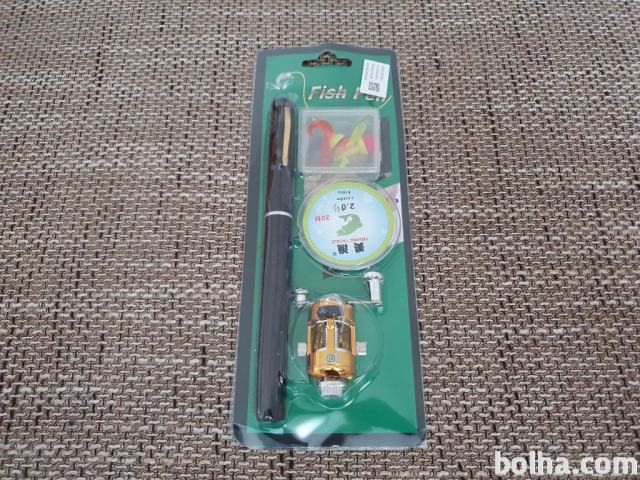
Predenje Litje Lure Teleskopsko Ribiška Palica Krap Ribolov Ogljikovih Feeder, Poljak M, Moč Privabiti Teža 7g-28g Skladu Teža 6-12 Lb prodaja | Ribolov > Zinvalidi.si

Mini Kratko Teleskopsko ribiške Palice Potovanja Vrteti Palico in Kolutu Kombinirano Nastavite 1.8 2.1 2.4 2.7 3.0 3.6 M Palica Reel Vgradnjo v vozilo / Ribolov ~ Ehc.si

Predenje Litje Lure Teleskopsko Ribiška Palica Krap Ribolov Ogljikovih Feeder, Poljak M, Moč Privabiti Teža 7g-28g Skladu Teža 6-12 Lb prodaja | Ribolov > Zinvalidi.si

Predenje Litje Lure Teleskopsko Ribiška Palica Krap Ribolov Ogljikovih Feeder, Poljak M, Moč Privabiti Teža 7g-28g Skladu Teža 6-12 Lb prodaja | Ribolov > Zinvalidi.si




















